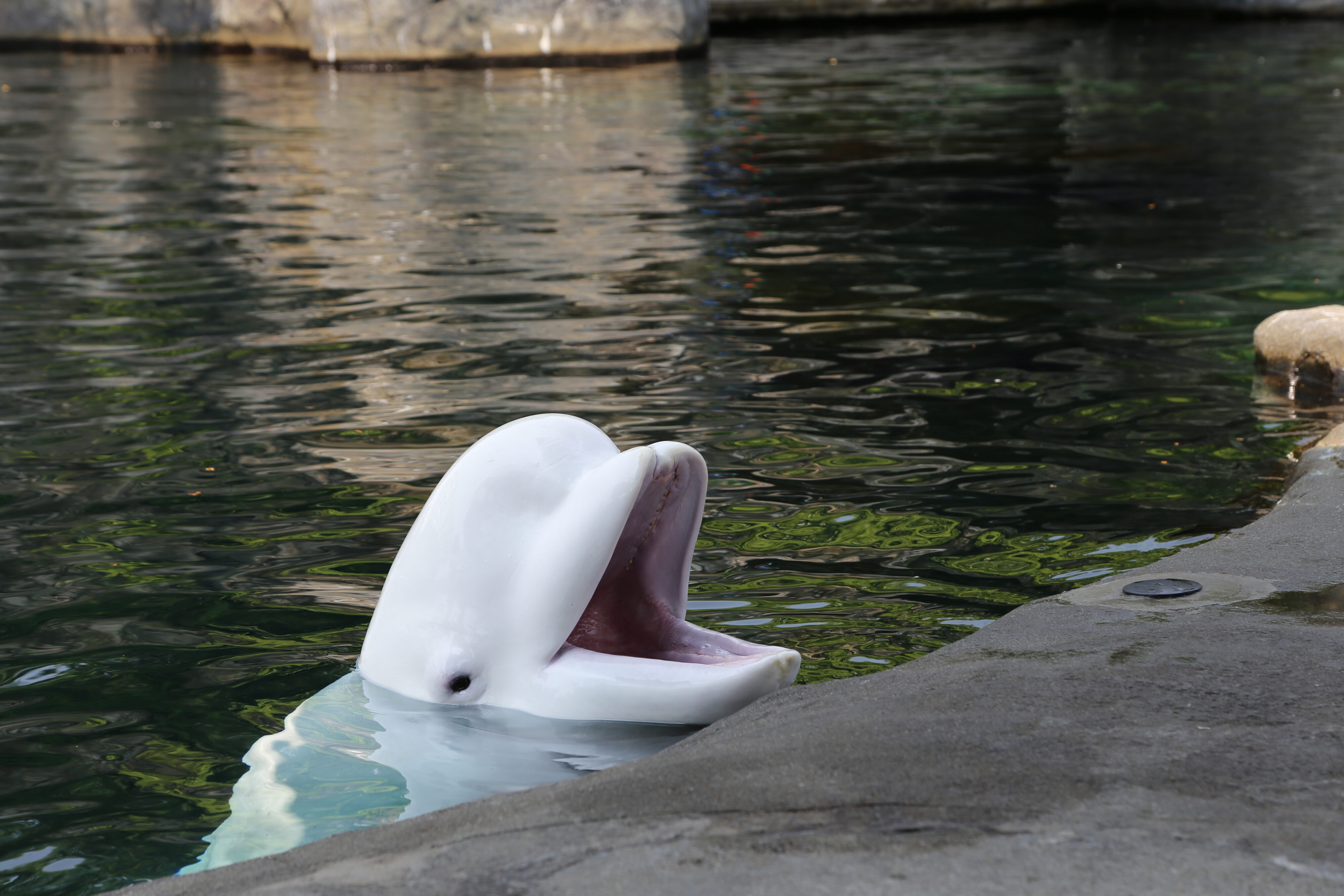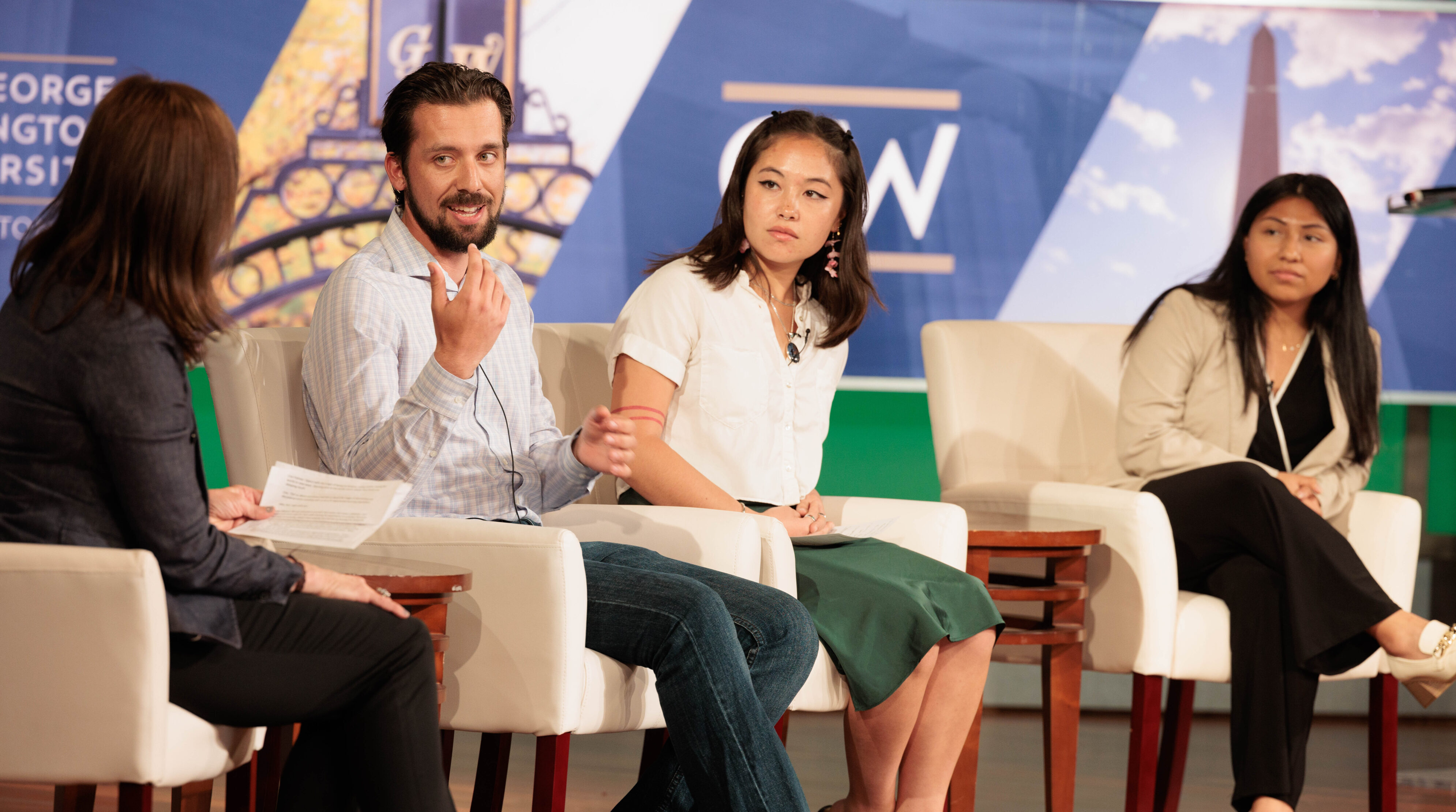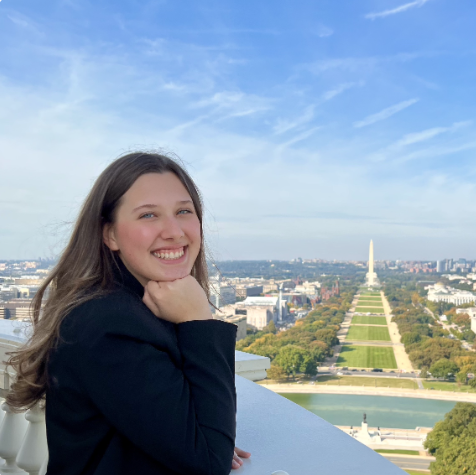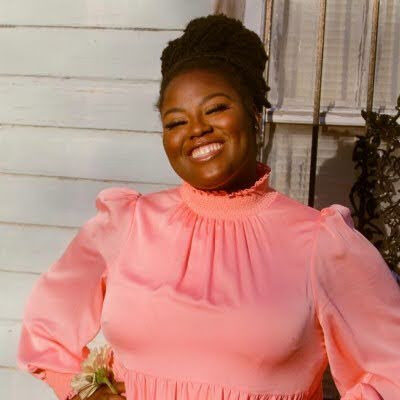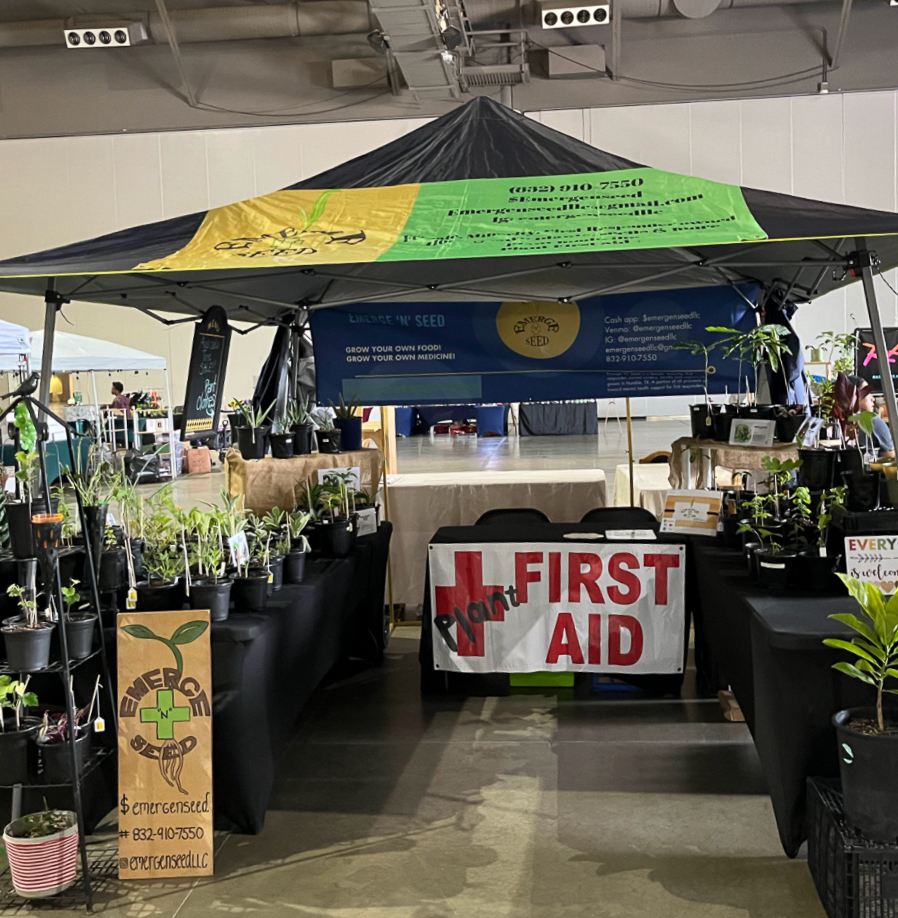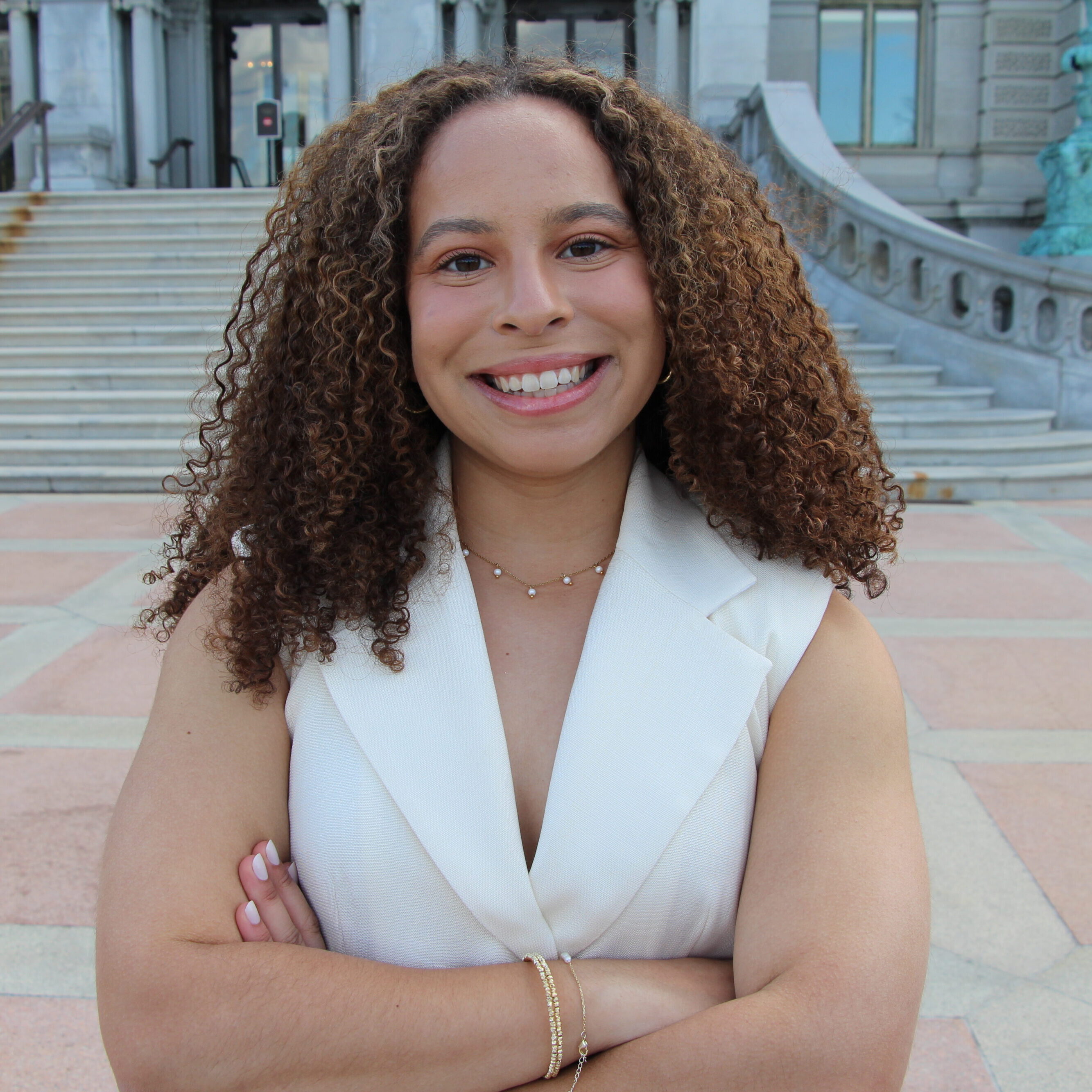Edited by Aaron Dye
Rethinking Keystone Species: A D.C. story of sustainable community
Often the first image that comes to mind when we hear “keystone species” is that of a salmon swimming up a river in some isolated part of the country. What if, instead of confining our definition of keystone species to an 18 th century romantic aesthetic setting of a wild forest, we take into consideration the effects these species may have on new manmade landscapes and their anthropogenic ecosystems?
Using a local example of an urban keystone species in the District of Columbia, we’ll observe how rethinking this biological term could inspire new sustainable policies which target economics, the environment, and equity. Explore how honeybees are supporting high end restaurants, soup kitchens, research labs, and hospitals alike in this intimate exploration of Foggy Bottom, D.C.. Perhaps by expanding our definition of keystone species, we can encourage leaders of businesses, universities, non-profits, and medical institutions to come together to tackle critical threats to the environment, food systems, climate justice, and our collective futures.





